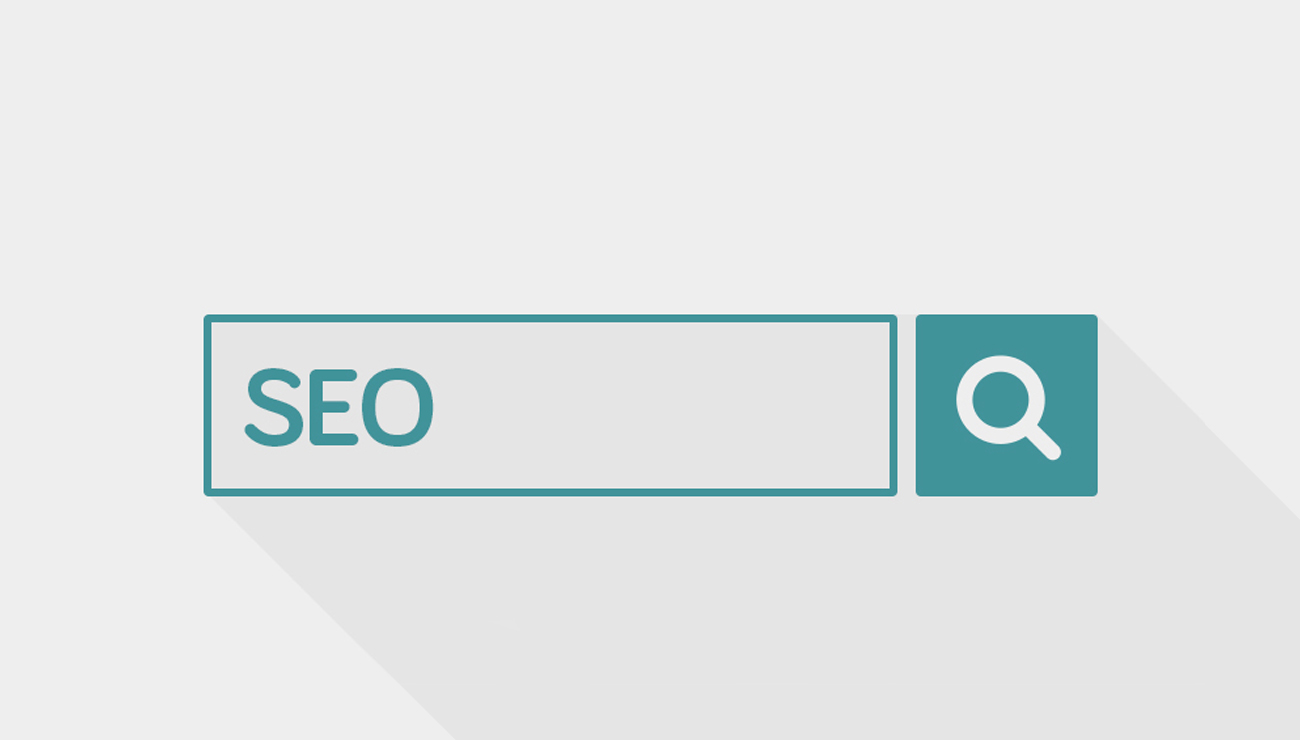10 Tips on Search Engine Optimisation for Office Supplies
- Keyword Research
It is paramount, when optimising your site, that the content is keyword rich. Even so, there is little point in writing keyword dense copy if the keywords are not commonly used in search terms.
It is wise to keep keywords evasive when using any SEO tool, e.g. Keyword Discovery or Google Adwords keyword tool. This will allow the SEO tool to return more suggestions, some of which may be surprising, and ones you had not thought of.
SEO tools will also allow you to see the levels of competition for the most popular keywords. This will allow you to hone your campaign for the most effective keyword use.
- Link Building
A high Google PageRank is something most sites aim for and, while the algorithm for determining page rank is constantly changing, the number and quality of links into your site always features.
We suggest using reputable sites and niche directories to link back to your site. With genuine, relevant content, links back to your site can really boost your site’s PageRank.
Some SEO tools will also allow you to view the number of links your competitor sites contain, this will enable you to make sure you have more valid links, therefore, it is likely your page rank will increase.
- Deep Linking
While you must have as many good quality relevant links as possible coming into your site, it is crucial that these go to different pages across your site. This will allow you to point more relevant links to each specific page. This will not only improve users’ experience but will allow search engines to see that your site has lots of valid content, boosting PageRank. Sites that only have links going to the homepage are often viewed as superficial by search engines, or that the links are not genuine and generated by automation, reducing the site’s value.
- Sitemaps
The sitemap is an important tool for increasing the ease of navigation across your site. It allows web crawlers from search engines (and users) to quickly and efficiently search every page of your website. Every page of content is therefore easier to find, reducing the number of clicks, both web crawlers and users have to make before reaching the required content.
There is another version of the sitemap that is also used by search engines. XML sitemaps consist of a list of all pages and include the dates the pages were last modified. XML sitemaps are submitted to search engines to help them find and link to all of the content on your site.
- Relevant Content
The most important part of SEO is perhaps having content relevant to your main page or site topic. The readable text on the page needs to be relevant to the targeted keywords and information in the meta tags and alt tags.
The content needs to read well, in addition to being keyword dense, in order to be useful to a reader. All information needs to be explained fully so it makes sense to the reader. The site content needs to be relevant in order for the search engine to link it to the search term. However some keyword stuffed copy can appear to be spam and put potential users off.
- Optimise Meta Tags
The meta tags are in the code of the site. The two most important meta tags are the description and keywords. Meta tags summarise what the site is about and have a role in the search rankings.
The description tag is what users will read when your page comes up in search listings and can make the difference between them clicking on your site or not. The recommended length for the description meta tag is 150 – 200 characters. The description tag should have a few keywords within it but should not be stuffed with keywords. This should read like a sentence, not a list.
Many search engines hold little importance to the keyword meta tags due to “keyword overstuffing”. However, all search engines still recommend adding them. When putting your list together, you need to think of the terms people are likely to be searching for (see Keyword Research), so they are led to your site with relevant content. It is not useful to add too many duplicates to your site (e.g. SEO agency, SEO agencies, London SEO agency, etc) as these are essentially the same, it is better to pick one or two variations of each keyword.
- Use Alt Tags for Images
The alt tags will help SEO as a brief, descriptive alt tag can add relevant text to your source code, which search engines can see when indexing your site. A higher search ranking can be obtained with more relevant content, making these tags valuable.
The use of alt tags also helps the visually impaired who asses the site using screen reader. Whilst they cannot see the image, the alt tag describes what the image was of, so they do not miss any content from the site.
- Social media
Not technically SEO, social media is a fast growing factor in getting your website noticed, and is an important element to include in plans.
To achieve the most from social media it is important to have a give and take relationship. Helping members out with retreats, or digs or giving helpful advice will increase the effectiveness of this media.
- Ensure Domain Name Contains keywords
You do not need to pack lots of keywords into your domain name, but a few carefully chosen keywords to highlight the topic of the website are useful. Too many keywords in the domain name can make a site look like it is spam based. Avoiding the overuse of hyphens is also a key element in getting the domain name right.
- Use Headings
The page title will be the first thing a search engine will look at when determining what the page is about. It is also the first thing visitors to your site will see when they get to your page. Therefore it is important that heading contain one or two keywords, they are relevant to the content on the page and provide appropriate targeting.
Headings have an important role in the organisation of information on a website. They are also able to provide aesthetically pleasing aspects to a site. It is recommended to use the appropriate page heading tags throughout the site as these enable webcrawlers to access the site easily.
The bottom line is… customers are looking for relevant, well presented information. If you want to rank first, both in Google’s eyes and in the eyes of your website visitors, these simple steps could help.





